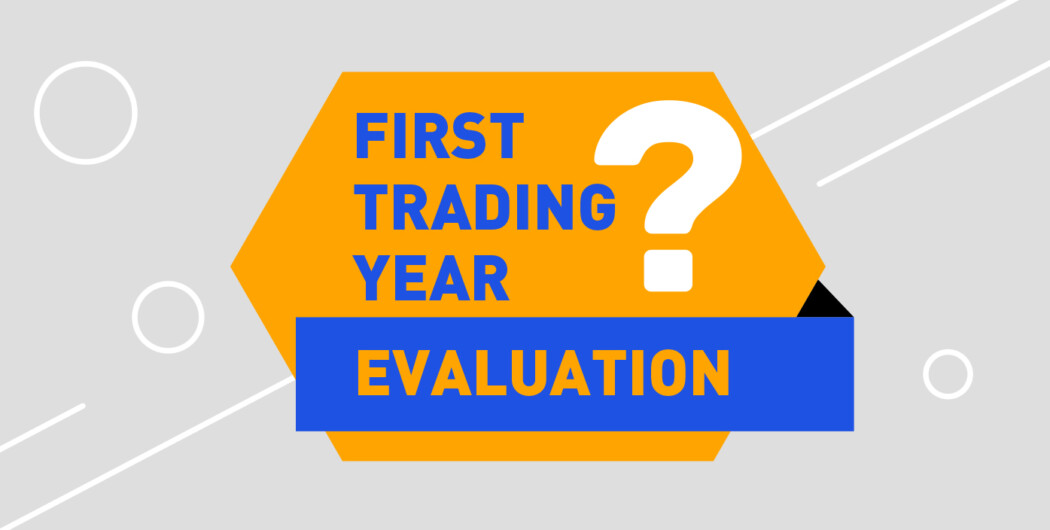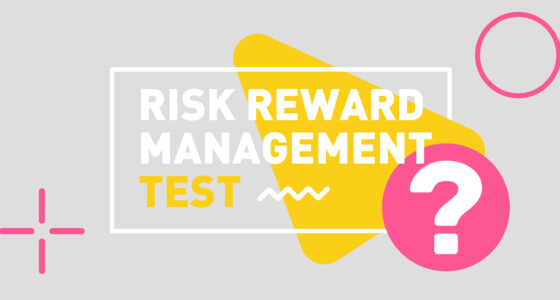
General evaluation on your first trading year: Сheck out your performance
The major challenge of first-year traders revolves around navigating the global market. This assessment has been curated to measure your trading performance over your first year. It starts with the fundamentals of trading and gradually slides into a more technical approach. By the end of this assessment, you would have had insight into what a global market trader should know in their first year. You will also brush up on your trading decisions to improve your craft.
Kudos for trying! The result shows that you have a long way to go with your first year of trading. In your free time, you can look up some of our blog posts to help you navigate your starting year in the global market. Ultimately, give yourself time to grow. As they say, practice makes room for perfection.
You are doing well, but there is still a lot of ground to cover. You can improve your trading performance as a first-year trader by learning new methods and putting them into practice. We have a handful of resources that will help you develop trading confidence and learn how to handle more delicate market situations over time.
You aced it! You can go ahead from here to become a more experienced trader. You only need to spend time with your trading methods and get your angles right with more technical aspects of the global market. You can also brush up on your trading skills with valuable resources on our website.



